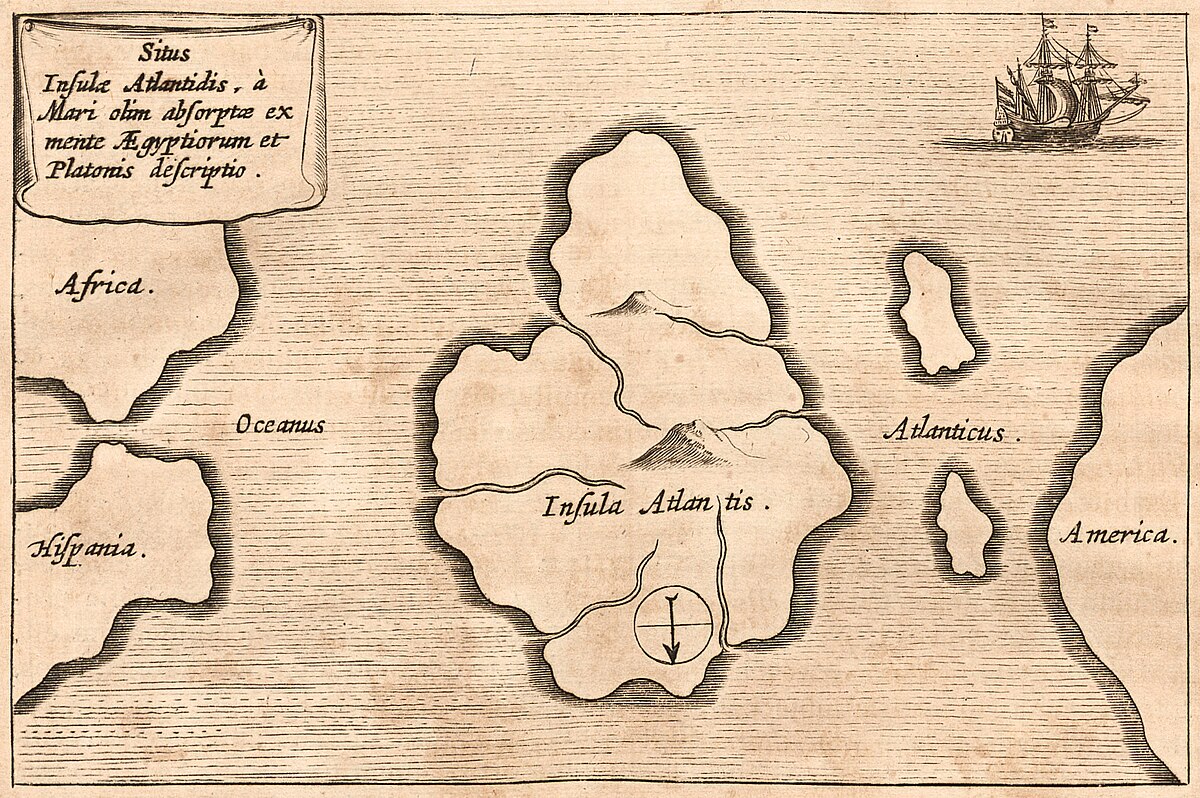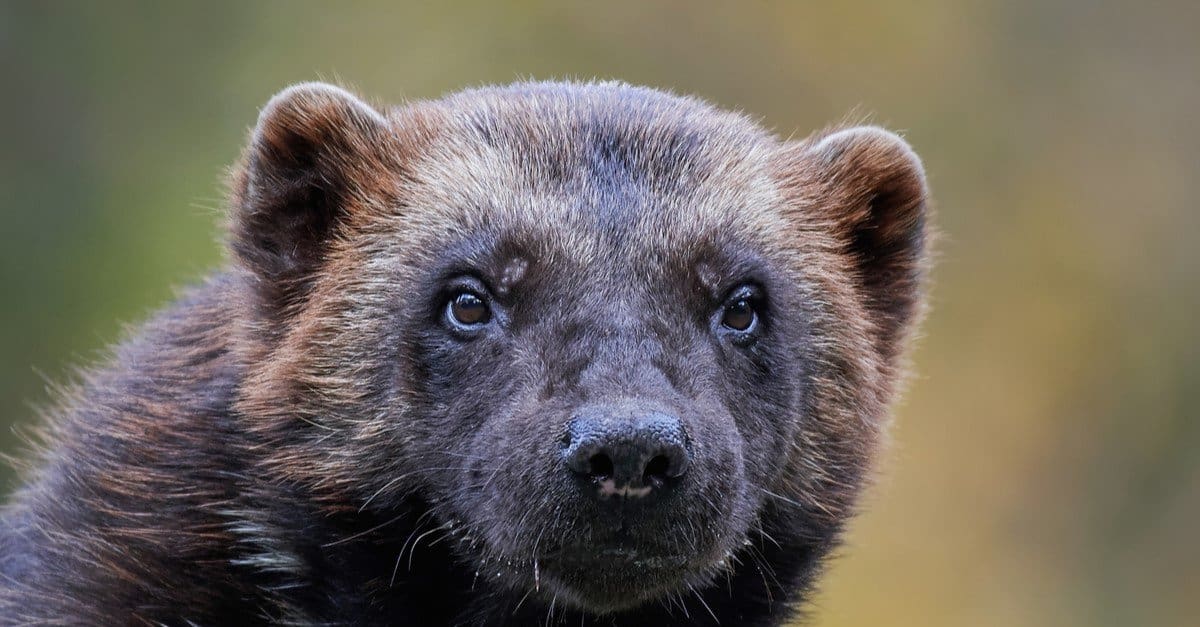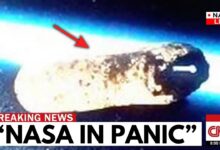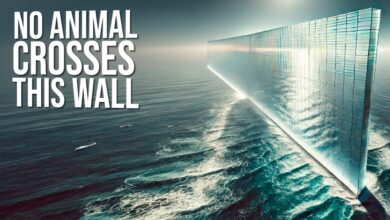Drone Flew Over The Ice Wall Of Antartica, What Was Captured Terrifies The Whole World
Drone Captures Terrifying Secrets Beyond the Ice Wall of Antarctica
Antarctica has long captivated humanity’s imagination. Known as the icy frontier at the planet’s southernmost point, this mysterious land hides secrets beneath its frozen surface. Over time, countless legends have emerged about this enigmatic region, ranging from hidden cities to secret military bases. But what truths lie beneath the ice? Let’s explore 33 intriguing facts about this frozen wilderness.
Fact 33: The Enigmatic City of Atlantis

Some theories suggest that Antarctica might conceal the legendary lost city of Atlantis beneath its icy exterior. This vast, frozen continent, now home to scientists and penguins, could have once been home to an advanced civilization. According to the crust displacement theory, approximately 12,000 years ago, shifts in Earth’s crust rendered parts of Antarctica ice-free, potentially aligning with Plato’s descriptions of Atlantis. Supporters of this theory often reference the Piri Reis map from 1530, which appears to depict Antarctica’s coastline before it was officially discovered. While these claims remain speculative, some believe satellite imagery has revealed evidence of human settlements under the ice.
Fact 32: The Fearsome Wolverine

Wolverines, often referred to as ferocious wilderness warriors, thrive in the Arctic. Resembling dog-sized weasels with sharp claws and powerful jaws, these predators have been known to challenge prey much larger than themselves. Despite their fearsome reputation, wolverines are also playful and curious, showcasing their adaptability to the harshest climates on Earth.
Fact 31: The Hidden Depths of Antarctica

While the Mariana Trench is famously the deepest oceanic point, Antarctica hosts its own record-breaking depths. Beneath the Denman Glacier lies the deepest point on any continental mainland, descending 3.5 kilometers (2.2 miles) below sea level. This site remains shrouded in mystery, as radar technology has been unable to detect anomalies beneath the ice. Scientists believe studying this area could unlock critical data about rising sea levels.
Fact 30: The Rediscovery of the Endurance Ship
/https://tf-cmsv2-smithsonianmag-media.s3.amazonaws.com/filer_public/68/e2/68e215ee-c731-47e1-9135-7315790ad361/end_22_epk_wreck_still_images-4-credit_falklands_maritime_heritage_trust_and_national_geographic_caption_-_the_stern_of_the_endurance_with_the_name_and_emblematic_polestar.jpg)
In a remarkable find, the famed Endurance ship, which was crushed by ice in 1915 during Sir Ernest Shackleton’s Antarctic expedition, was recently discovered in the Weddell Sea. Despite being submerged for over a century, the ship remains incredibly well-preserved, offering a rare glimpse into the challenges faced by early explorers in one of the planet’s harshest environments.
Fact 29: Scott’s Hut and Its Legacy

Scott’s Hut, located on Ross Island, was built during the British Antarctic Expedition of 1910–1913. Tragically, explorer Robert Falcon Scott and his team perished during their return journey, just miles from the safety of their supplies. Fossils discovered with their remains revealed that Antarctica was once lush and forested, challenging perceptions of this icy land.
Fact 28: The Discovery of Monstr Opsis Planifrons

A remarkable aquatic species, Monstr Opsis Planifrons, was discovered under Antarctic ice. This nearly transparent creature, with brush-like legs for paddling, highlights the resilience of life in extreme environments. Its discovery underscores how much remains to be learned about the ecosystems beneath Antarctica’s ice.
Fact 27: Evidence of a Prehistoric Rainforest
.jpg)
Research near Pine Island Glacier uncovered traces of an ancient rainforest, including roots and pollen, indicating that Antarctica was once a vibrant ecosystem. Approximately 90 million years ago, during the age of dinosaurs, the continent experienced temperatures as high as 18°C (64°F), a stark contrast to today’s frozen wasteland.
Fact 26: Mysterious Ice Pyramids

Recent drone footage revealed an unusual network of pyramid-shaped ice formations, suggesting a possible ancient civilization. These structures challenge the belief that Antarctica has no history of human habitation. An expedition is planned for 2025 to investigate further, sparking excitement and curiosity worldwide.
Fact 25: A Perfectly Rectangular Iceberg

In 2018, scientists discovered a massive iceberg with unnaturally sharp angles and smooth surfaces, resembling a perfect rectangle. Found near the Larsen C Ice Shelf, this formation has puzzled researchers and fueled speculation about its origins.
Fact 24: The A76 Iceberg

The A76 iceberg, which broke off from Antarctica’s Ronne Ice Shelf in 2021, measures an astounding 170 km in length. Its journey across the ocean will be closely monitored, as it raises concerns about climate change and its impact on global sea levels.
Fact 23: Discovery of Organism 46B

A bizarre, squid-like creature known as Organism 46B was reportedly discovered in Lake Vostok. Measuring over 10 meters, this creature is said to possess venomous tentacles, raising questions about what other mysterious life forms might lurk in Antarctica’s subglacial lakes.
Fact 22: A 66-Million-Year-Old Egg

In 2011, scientists discovered a soft-shelled egg in Antarctica, believed to belong to a massive prehistoric reptile. This find provides valuable insights into the diversity of life during the dinosaur era.
Fact 21: Alleged Alien Structures

Satellite imagery from 2012 revealed an oval-shaped structure beneath the ice. While some attribute this to natural formations, others speculate it could be evidence of extraterrestrial activity, adding to the intrigue surrounding Antarctica.
Fact 20: The Century-Old Fruitcake

A fruitcake over 100 years old was unearthed in Antarctica’s oldest building, believed to have been brought by British explorer Robert Falcon Scott during his expedition. Remarkably well-preserved, it serves as a testament to the freezing conditions of the region.
Fact 19: Transparent Antarctic Fish

The Antarctic blackfin icefish, recently discovered, lacks hemoglobin, giving it a translucent appearance. This unique adaptation enables survival in the icy waters, showcasing the remarkable biodiversity of the region.
Temperatures plunging as low as -60°F (-51°C) make exploration of Antarctica a formidable challenge. The origins of its mysterious tunnels remain uncertain. While some theorize that they were created by humans, others suggest connections to UFOs and extraterrestrial activity. The lack of concrete evidence only fuels speculation, leaving the true nature of these enigmatic tunnels a subject of curiosity and debate.
12. The Antarctic Scale Worm
Prepare to meet the Antarctic scale worm, a creature far from anyone’s idea of a cute pet. Known for its striking appearance, this worm features a golden, metallic-looking coat. It thrives at depths exceeding 1,640 feet (500 meters) in the frigid Southern Ocean surrounding Antarctica. At 8 inches (20 cm) long, this marine oddity is unlikely to cross your path during a casual swim. Despite its unusual look, the scale worm is a testament to life thriving in extreme environments, joining the ranks of other bizarre creatures inhabiting the harsh Antarctic ecosystem.
11. The Hidden River Beneath Antarctica

In a groundbreaking discovery, scientists have identified a hidden river flowing beneath Antarctica’s ice sheet. Stretching approximately 286 miles (460 km), this river collects meltwater from an area as vast as Germany and France combined. Though researchers knew about Antarctica’s subglacial water systems, the river’s full extent was revealed using aerial radar and hydrological models. This discovery sheds new light on the dynamics beneath the ice, as the river could significantly influence the flow and melting rates of the ice sheet.
10. The Strange Skulls of Antarctica

In 2014, researchers unearthed three ancient skulls in Antarctica, sparking intense speculation. Unlike typical human skulls, these remains exhibited distinct differences, prompting various theories about their origins. Some believe the skulls could belong to extraterrestrial beings, while others suggest they are evidence of ancient civilizations practicing head elongation. How these remains ended up in such a hostile environment remains a mystery, leaving scientists and enthusiasts alike intrigued by the secrets buried in Antarctica’s icy depths.
9. A Meteorite from Mars

Could Antarctica hold clues to life on Mars? In 1984, NASA scientists discovered a meteorite named Allan Hills 84001 in the Antarctic region of Allan Hills. This rock, thought to have originated on Mars 4 billion years ago, landed on Earth about 13,000 years ago. Weighing 4.25 pounds (1.93 kg), the meteorite gained global attention in 1996 when microscopic fossils resembling ancient bacteria were found within it. While debates about the findings continue, this discovery has fueled interest in the possibility of life on Mars.
8. Operation Sunshine and the North Pole

In 1958, the United States Navy made history with a covert mission called Operation Sunshine. Aboard a 318-foot (97-meter) submarine, a crew of 116 became the first humans to explore the North Pole from beneath the ice. This daring achievement not only opened the door to studying the unique Arctic marine environment but also marked a pivotal moment in maritime history, paving the way for further exploration of the polar regions.
7. The Antarctic Pyramid Discovery
Recent satellite imagery near Antarctica’s Shackleton Mountain Range revealed a structure resembling the four-sided design of Egypt’s Great Pyramid of Giza. This surprising find has sparked speculation, with some suggesting it might have been built by aliens or advanced ancient civilizations. If proven to be artificial, this would rewrite history as the oldest pyramid known. For now, the origins of this enigmatic structure remain unknown, leaving us to wonder about the secrets it holds beneath the ice.
6. Mummified Penguins of Antarctica
While Antarctica is home to millions of penguins, its harsh environment sometimes leads to tragic outcomes. Recent research uncovered mummified penguins on Cape Irizar, some dating back hundreds or even thousands of years. These preserved specimens provide valuable insights into how climate and environmental changes have affected Antarctic wildlife over time, offering a unique glimpse into the continent’s past.
5. Antarctica’s Meteorite Treasure
Did you know that about two-thirds of all meteorites discovered on Earth come from Antarctica? The continent’s cold, dry climate preserves these extraterrestrial rocks, making them easy to spot against its stark ice sheets. In 2023, scientists uncovered an 18-pound (8.2 kg) meteorite in a blue ice field, just an hour before their expedition ended. This rare find, among the 45,000 meteorites collected from Antarctica, could unlock new knowledge about the solar system’s history.
4. The Polar Fox Rescue
A heartwarming moment unfolded when crab fishermen noticed a polar fox stranded on an iceberg in frigid Antarctic waters. Risking their safety, they approached the iceberg and rescued the terrified animal. Despite the difficulty of capturing the fox, the crew ensured its survival. This act of kindness highlights the compassion of those working in the harsh polar environment.
3. The Enigma of Base 211
During World War II, rumors emerged about a secret Nazi base in Antarctica, known as Base 211. Allegedly located in the ice-free Mühlig-Hofmann Mountains, the base was said to feature grassy fields and hot springs. Some theories suggest it served as a post-war hideout for Hitler, while others propose connections to UFOs or extraterrestrial activity. While no concrete evidence exists, the mystery of Base 211 continues to fascinate conspiracy theorists and historians alike.
2. The Myth of Hyperborea
In Greek mythology, Hyperborea was a mythical land of eternal spring and happiness, far to the north. Though purely fictional, some researchers speculate it might have been inspired by real locations, with suggestions ranging from northern Europe to Antarctica. The search for Hyperborea reflects humanity’s enduring fascination with lost civilizations and the allure of untouched paradises.
1. The Five-Legged Creatures
On February 14, 2021, an anonymous user shared a chilling account on an online forum about bizarre five-legged spider-like creatures allegedly spotted in Antarctica. These creatures were described as leaving massive footprints and only appearing at night. Though the account remains unverified, it adds to the mystique of Antarctica, a land that continues to fuel wild speculation and wonder.








